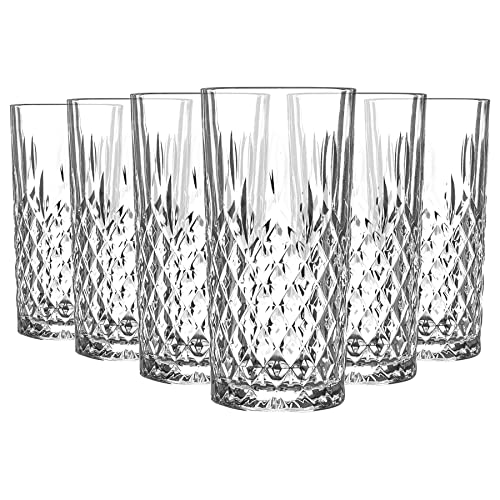Colored Drinking Glasses: Safe or Not?
If you’re in the market for new drinking glasses, you may have noticed the variety of colors available. While they can add some fun and personality to your table setting, you may be wondering if they’re safe to use.
What Makes the Glasses Colored?
The color in colored drinking glasses is typically achieved through the use of pigments or dyes. These are added to the glass during the manufacturing process, and can create a wide range of hues.
Potential Safety Concerns
One concern with colored drinking glasses is the possibility of the colored dyes or pigments leaching into your drink. This can happen if the glass is scratched or if acidic beverages are left in them for long periods of time.
Another concern is that some colored glasses may contain lead or cadmium, which are toxic metals. While glass manufacturers are required to adhere to strict regulations in the United States, there is still a risk of contamination if the glassware is manufactured overseas.
How to Safely Use Colored Drinking Glasses
To minimize the risk of leaching and contamination, it’s important to hand-wash your colored glassware with a mild detergent. Avoid using abrasive sponges or cleaners that can scratch the glass, and don’t leave acidic beverages in the glasses for long periods of time.
If you’re concerned about potential heavy metal contamination, look for glassware that is labeled as “lead-free” or “cadmium-free.” You can also opt for glasses made in the United States or other countries with strict manufacturing regulations.
The Bottom Line
While there are some potential safety concerns with colored drinking glasses, they can be used safely with proper care and attention. To minimize the risk of leaching and contamination, opt for glasses labeled as “lead-free” or “cadmium-free,” and hand-wash them with a mild detergent.






